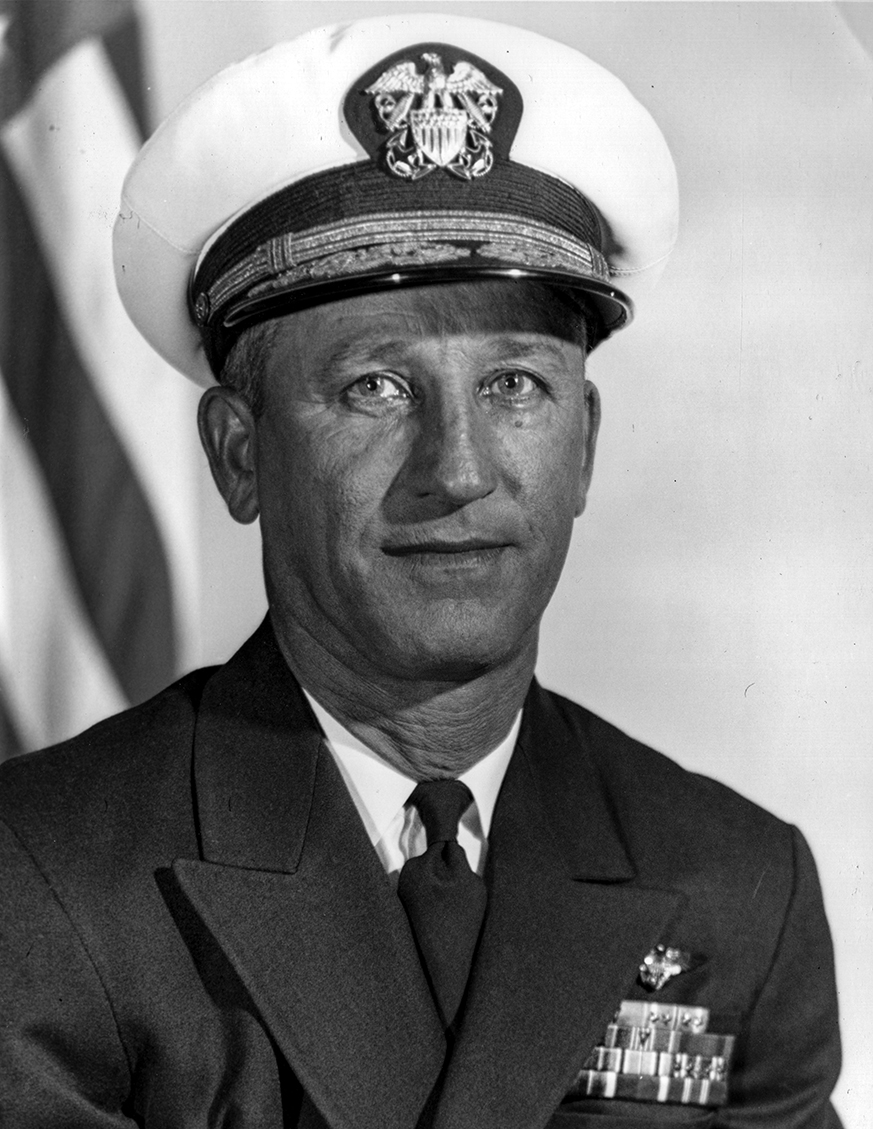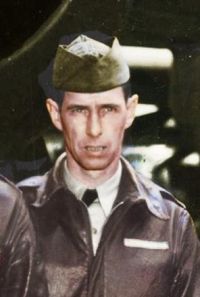Raider in the spotlight
The cancelled demonstration flight
16 instead of 15 bombers on the way to tokyo.
It was agreed upon that Lieutenant Henry “Hank” Miller would depart back to his unit located in Pensacola, Florida. This Navy man was responsible for teaching Navy customs and shared his experiences with short-range take offs while training crews, including at Eglin Field, Florida. He wouldn't go on the mission, even though he wanted to participate. He also had no official reason to be present on the aircraft carrier USS Hornet. He had boarded the USS Hornet at Doolittle's suggestion to join the crews of the aircraft. He had no permission from his superior. He had flown from Eglin, Florida to Sacramento and Alameda, California with the permission of his superior.
Captain Mitsher agreed to allow Miller to remain on board at Doolittle's suggestion. Captain Mitsher would inform Miller's superior that he was aboard the USS Hornet and was temporarily staying on board.
The intention was to have Lieutenant Miller take off as a demonstration with the 16th aircraft that was hoisted aboard. The takeoff would happen shortly after the USS Hornet left San Francisco and was in the open ocean.
The demonstration flight should convince the sailors of the convoy (Task Force 18) that it was indeed feasible to take off from an aircraft carrier. The intention was to boost the navigators of the other ships in the convoy and those on the USS Hornet and make them believe in the mission. In the meantime, they had also been briefed about the secret mission.
The morning of the next day came and that was the time to take off the B-25 as a demonstration flight for the crews.
Lieutenant Dick Joyce would fly that B-25 with Lieutenant Henry "Hank" Miller as co-pilot. Lieutenant Miller, as mentioned, had no official orders to board the USS Hornet; he was on board thinking he would fly back to Pensacola, Florida on the sixteenth B-25.
But Lieutenant Colonel Jimmy Doolittle thought otherwise. He had arranged for the 16th aircraft to be lifted on board in an official manner, but it was more of an excuse. Doolittle intended to fly the 16th plane to Tokyo. He inquired with Captain Marc Mitsher whether it was possible for the 16th bomber to make the further journey to Japan aboard the USS Hornet and then participate in the planned air raid. This meant an extra plane and more bombs to drop over Japan.
Captain Marc Mitsher of the USS Hornet was happy to leave the plane on the deck. Although, sixteen planes meant that the tail section of the plane hung over the side of the ship. Which was not a problem. Captain Mitsher also agreed, knowing that Lieutenant Miller had no other orders. Mitsher agreed to Doolittle's proposal and the demonstration flight was cancelled.
He contacted Miller's superior again to say that Miller would remain aboard the USS Hornet to support the mission. Captain Mitscher assured "Hank" Miller that he would face no punishment from his superior as he was cleared to continue the mission aboard the USS Hornet. Miller himself also agreed. The sixteenth B-25 would now attack Japan and remained on the deck of the USS Hornet.
It is important to know that Lieutenant Miller did not participate in the bombing of Japan as such. He would only give the pilots the necessary instructions from the deck as they took off from the USS Hornet towards Japan.

Lieutenant "Hank" Miller
The Heroes of Doolittle's raid on Japan in april 1942
by Mr. Geert Rottiers
The book will be available soon.

